SPUTNIK-1 EMC/EMI LAB MODEL, 1957. Full scale vintage test model of the Sputnik-1 satellite, Moscow, [February, 1957], serial number "OKб-1/001/1957," with live transmitter (modern 12 volt power supply included). Polished metal sphere with 4 external antennae, approximately 23 inches in diameter on manganese brass stand with anti-static o-ring, stand approximately 57 inches (1,448 mm) tall, stand and model together approximately 78 inches (1,981 mm) tall, weighing approximately 100 lbs. Produced at the OKб-1[OKB-1], the Experimental Design Bureau-1 factory, also known as the S. P. Korolev Rocket and Space Corporation Energia along with the Moscow Electronics Institute Novaya NII-885 in 1957, sometime prior to the launch of the Sputnik-1. Complete with vintage Tesla Maj 620A broadcast receiver, approximately 24 x 18 x 13 inches (610 x 457 x 330 mm). Provenance: Formerly on loan and displayed at Deutsches Technikmuseum Berlin, Germany; Collection of NII-885 director Dr. Mikhail Ryazansky, by descent. Exceptionally rare vintage test model of the Sputnik-1 satellite, one of only a few made to test ground Electromagnetic Compatibility (EMC) and Electromagnetic Interference (EMI) testing. There are only a handful of known vintage examples of the Sputnik-1: three in private hands (including two sold in these salerooms in 2016 and 2017), one just outside Moscow at the Energia Corporate Museum, and one at the Museum of Flight in Seattle, Washington which does not have the internal components of that at Energia Corp. An impressive artifact from the dawn of the space age and this example with excellent provenance. The Sputnik-1 artificial satellite was launched into Earth orbit by a R7 Semiorka rocket on October 4, 1957. The satellite had several scientific objectives: test the method of placing an artificial satellite in Earth orbit; provide information on the density of the upper atmosphere; test radio and optical methods of orbital tracking; determine the effects of radio propagation through the atmosphere; and check principles of pressurization used on satellites. The present model was used for testing by NII-885, a company under the Soviet Ministry of the Radio Industry that was also responsible for ground guidance systems, telemetry systems and radar homing devices for surface-to-air missiles, and the company that designed the Sputnik's transmitter. Testing would have been rigorous as Sergei Korolov, the lead Soviet rocket engineer who headed the Sputnik-1 project, insisted that the transmission be received even by those with the cheapest of radios. The successful launch of Sputnik-1 sent the United States population into a panic. In the midst of a cold war, the Soviets demonstrated that they had a rocket powerful enough to send a satellite into orbit. "There was a sudden crisis of confidence in American technology, values, politics, and the military. Science, technology, and engineering were totally reworked and massively funded in the shadow of Sputnik. The Russian satellite essentially forced the United States to place a new national priority on research science, which led to the development of microelectronics.... Many essential technologies of modern life, including the Internet, owe their early development to the accelerated pace of applied research triggered by Sputnik" (Dickson. Sputnik: The Shock of the Century. New York: Walker, [2001]) p 4. Fußnoten "To me, it was as if Sputnik was the starter's pistol in an exciting new race. I was electrified, delirious, as I witnessed the beginning of the Space Age" (Dickson pp 2-3). "'Listen Now,' said the NBC radio network announcer on the night of October 4, 1957, 'for the sound that forevermore separates the old from the new'" (Dickson p 1).
SPUTNIK-1 EMC/EMI LAB MODEL, 1957. Full scale vintage test model of the Sputnik-1 satellite, Moscow, [February, 1957], serial number "OKб-1/001/1957," with live transmitter (modern 12 volt power supply included). Polished metal sphere with 4 external antennae, approximately 23 inches in diameter on manganese brass stand with anti-static o-ring, stand approximately 57 inches (1,448 mm) tall, stand and model together approximately 78 inches (1,981 mm) tall, weighing approximately 100 lbs. Produced at the OKб-1[OKB-1], the Experimental Design Bureau-1 factory, also known as the S. P. Korolev Rocket and Space Corporation Energia along with the Moscow Electronics Institute Novaya NII-885 in 1957, sometime prior to the launch of the Sputnik-1. Complete with vintage Tesla Maj 620A broadcast receiver, approximately 24 x 18 x 13 inches (610 x 457 x 330 mm). Provenance: Formerly on loan and displayed at Deutsches Technikmuseum Berlin, Germany; Collection of NII-885 director Dr. Mikhail Ryazansky, by descent. Exceptionally rare vintage test model of the Sputnik-1 satellite, one of only a few made to test ground Electromagnetic Compatibility (EMC) and Electromagnetic Interference (EMI) testing. There are only a handful of known vintage examples of the Sputnik-1: three in private hands (including two sold in these salerooms in 2016 and 2017), one just outside Moscow at the Energia Corporate Museum, and one at the Museum of Flight in Seattle, Washington which does not have the internal components of that at Energia Corp. An impressive artifact from the dawn of the space age and this example with excellent provenance. The Sputnik-1 artificial satellite was launched into Earth orbit by a R7 Semiorka rocket on October 4, 1957. The satellite had several scientific objectives: test the method of placing an artificial satellite in Earth orbit; provide information on the density of the upper atmosphere; test radio and optical methods of orbital tracking; determine the effects of radio propagation through the atmosphere; and check principles of pressurization used on satellites. The present model was used for testing by NII-885, a company under the Soviet Ministry of the Radio Industry that was also responsible for ground guidance systems, telemetry systems and radar homing devices for surface-to-air missiles, and the company that designed the Sputnik's transmitter. Testing would have been rigorous as Sergei Korolov, the lead Soviet rocket engineer who headed the Sputnik-1 project, insisted that the transmission be received even by those with the cheapest of radios. The successful launch of Sputnik-1 sent the United States population into a panic. In the midst of a cold war, the Soviets demonstrated that they had a rocket powerful enough to send a satellite into orbit. "There was a sudden crisis of confidence in American technology, values, politics, and the military. Science, technology, and engineering were totally reworked and massively funded in the shadow of Sputnik. The Russian satellite essentially forced the United States to place a new national priority on research science, which led to the development of microelectronics.... Many essential technologies of modern life, including the Internet, owe their early development to the accelerated pace of applied research triggered by Sputnik" (Dickson. Sputnik: The Shock of the Century. New York: Walker, [2001]) p 4. Fußnoten "To me, it was as if Sputnik was the starter's pistol in an exciting new race. I was electrified, delirious, as I witnessed the beginning of the Space Age" (Dickson pp 2-3). "'Listen Now,' said the NBC radio network announcer on the night of October 4, 1957, 'for the sound that forevermore separates the old from the new'" (Dickson p 1).
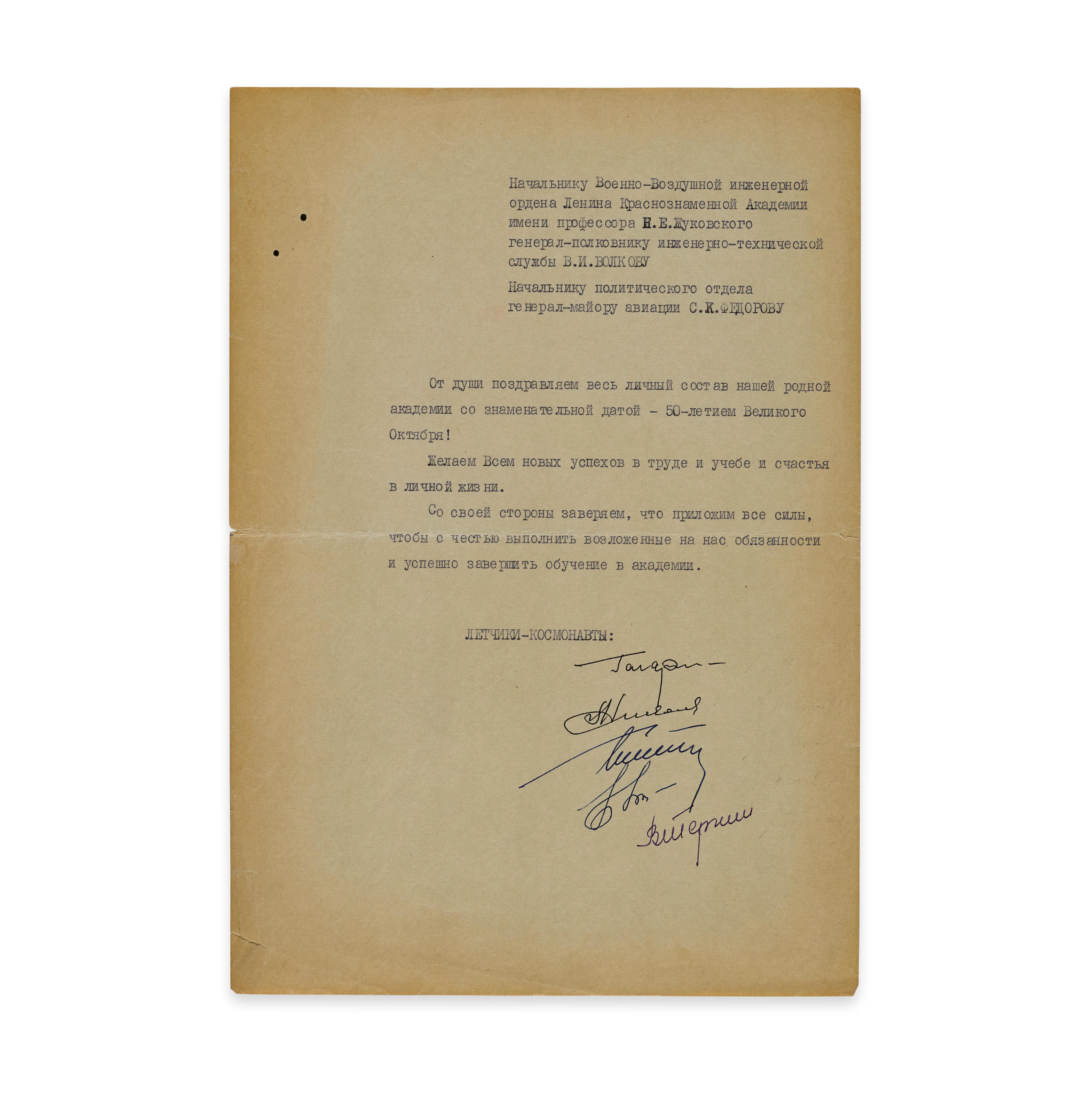
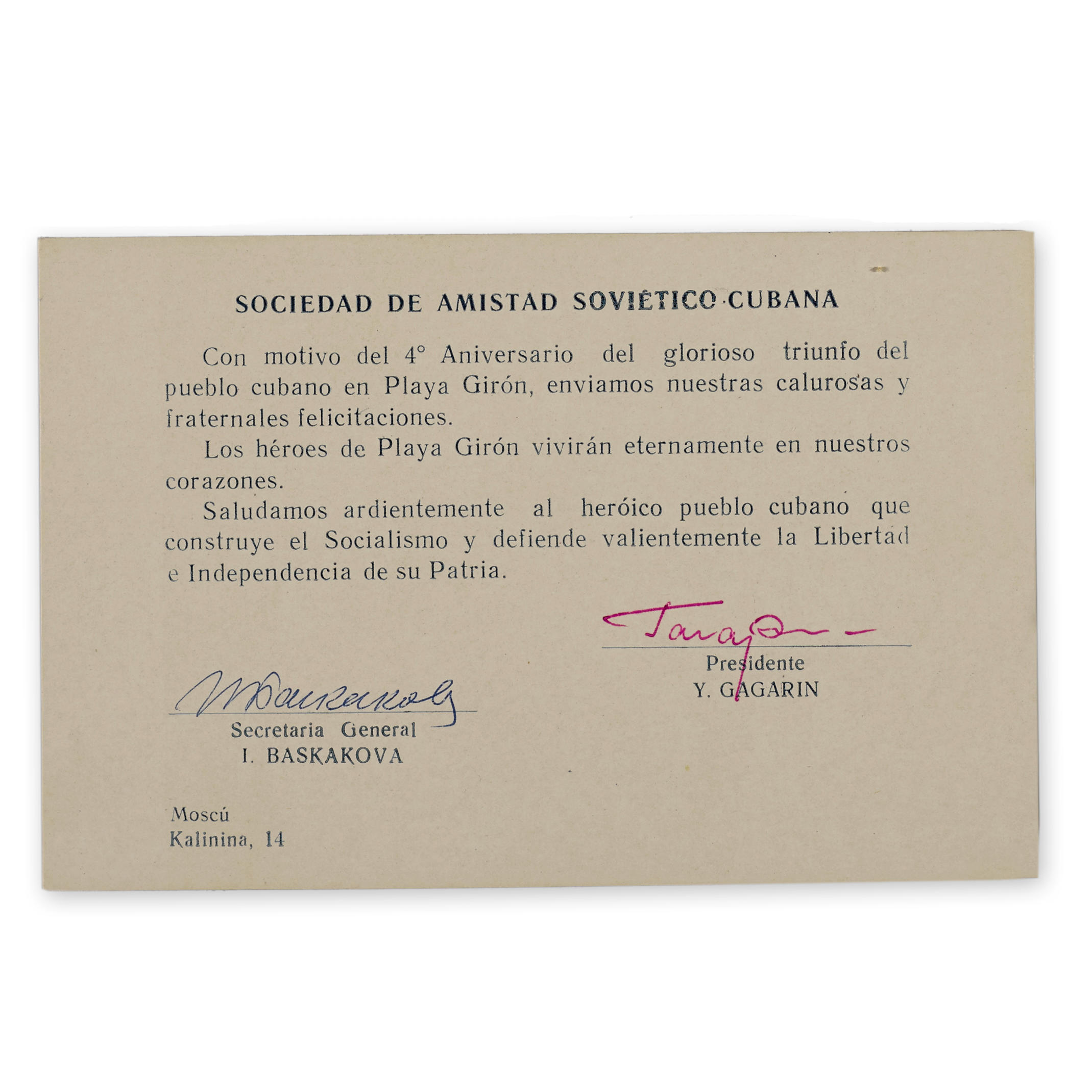

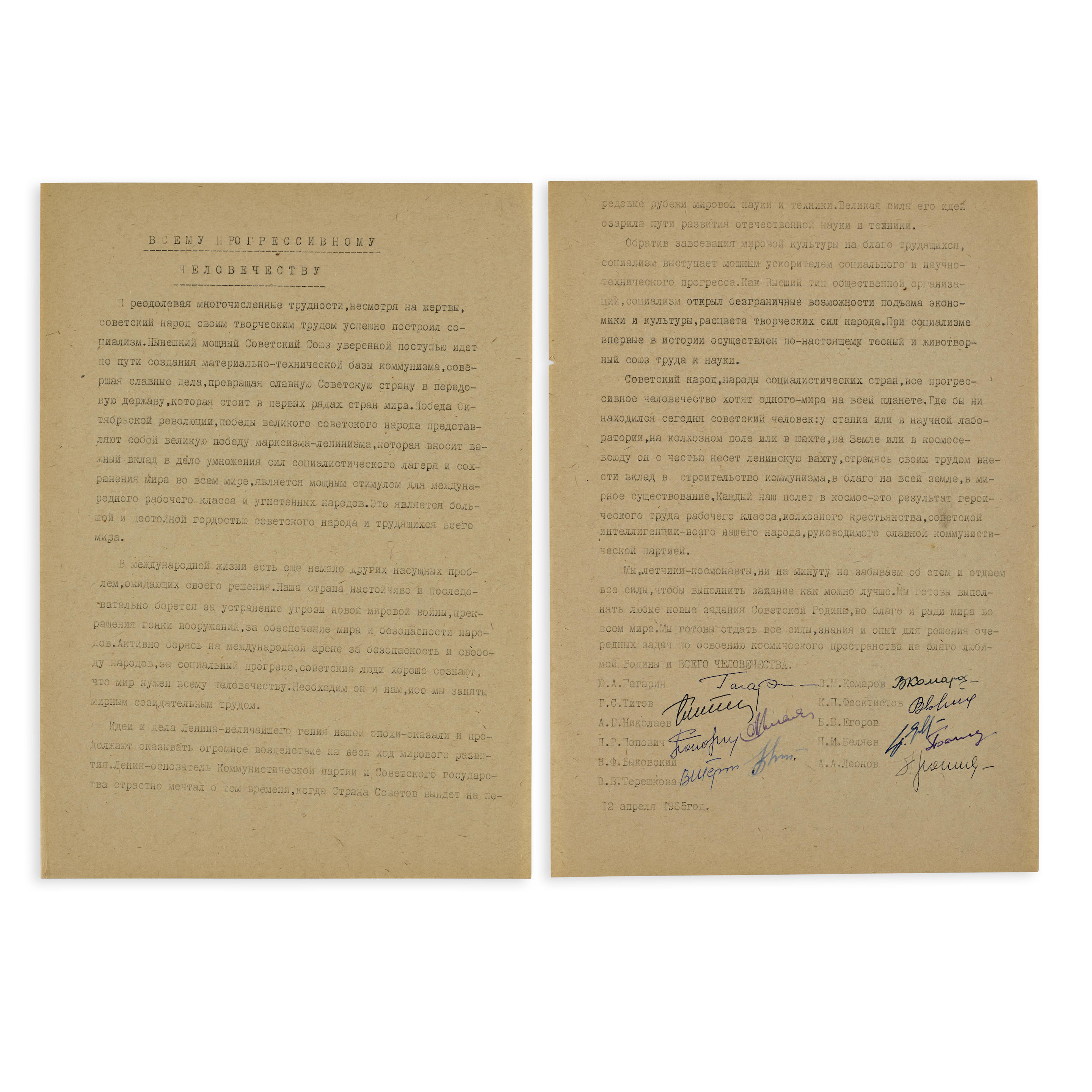

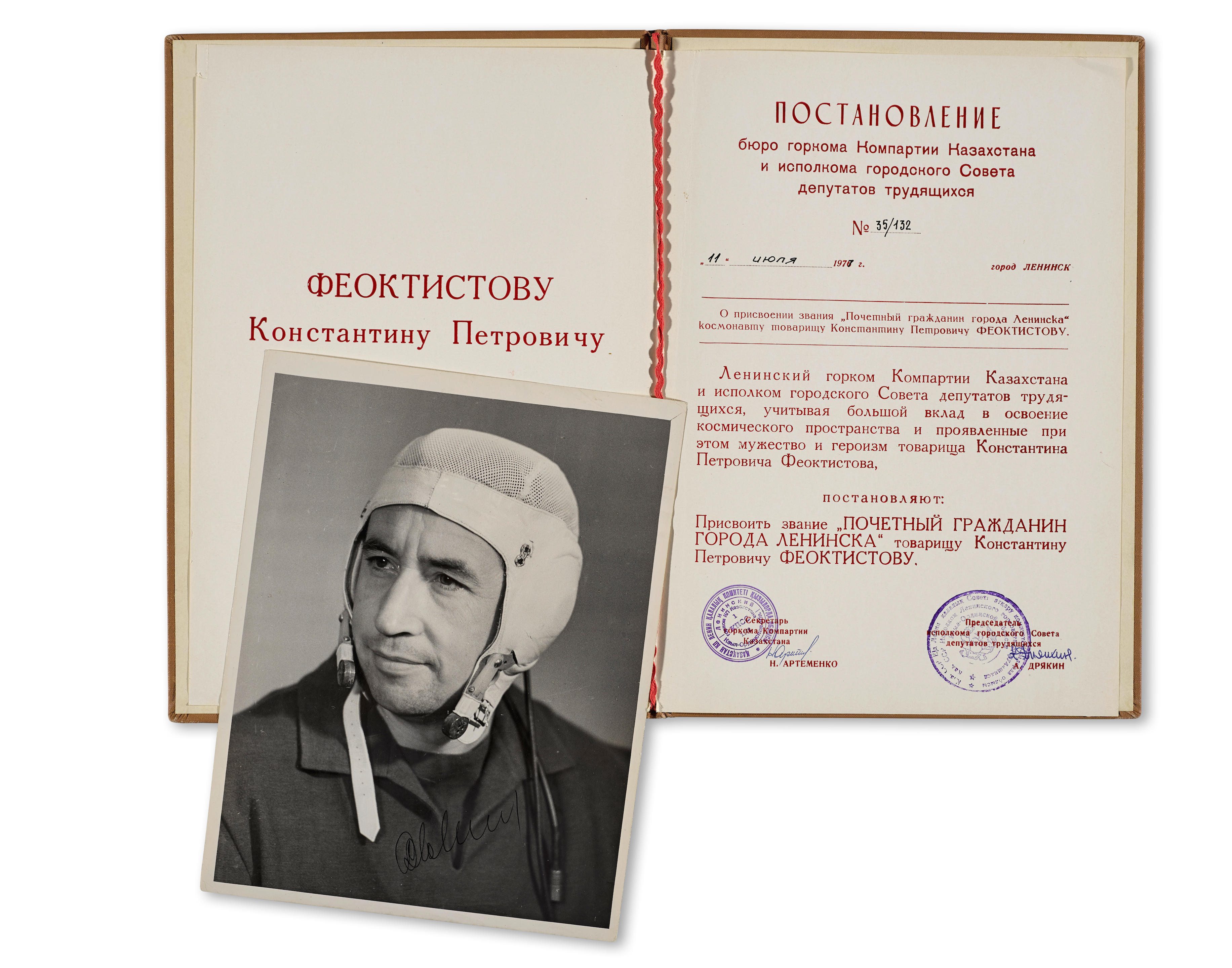
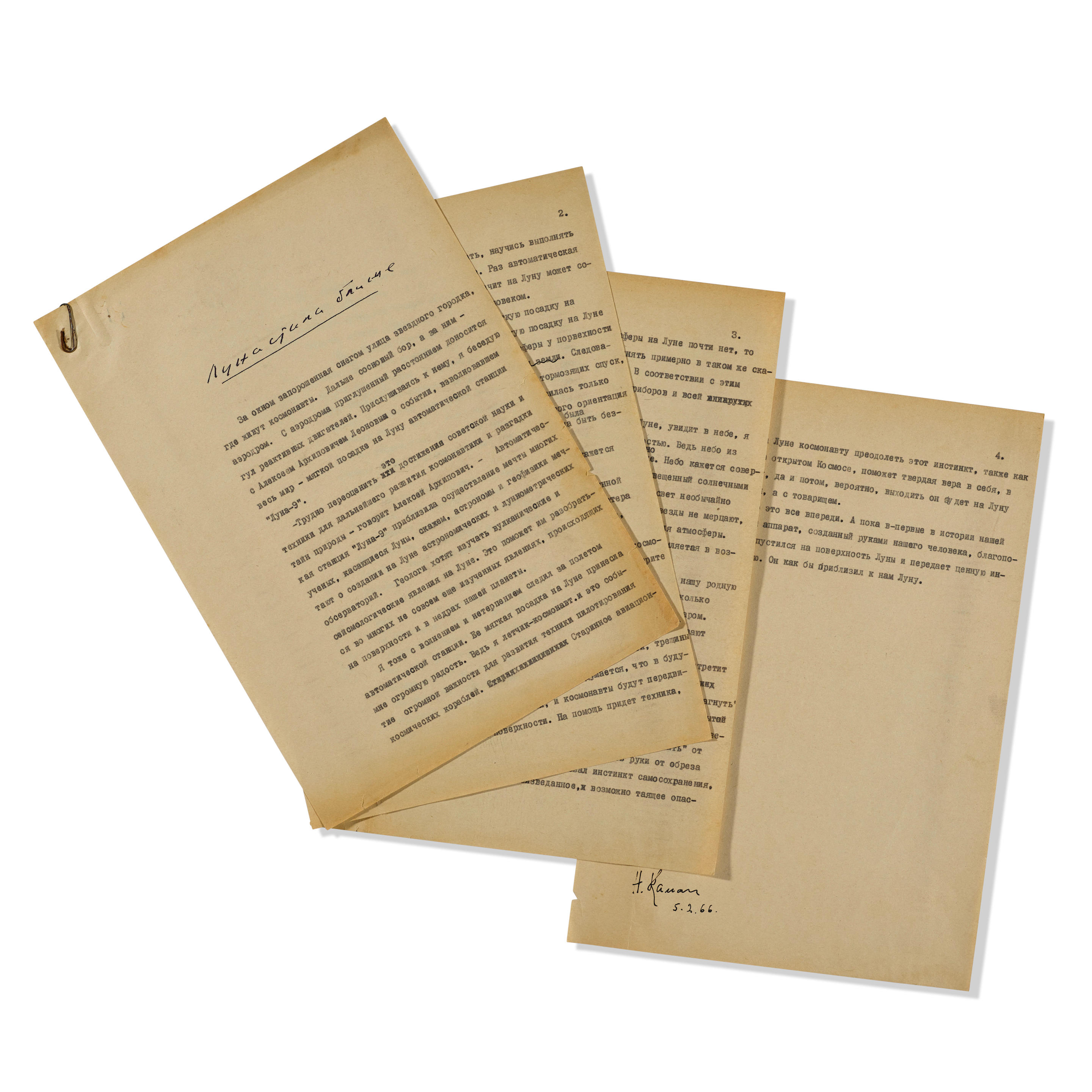
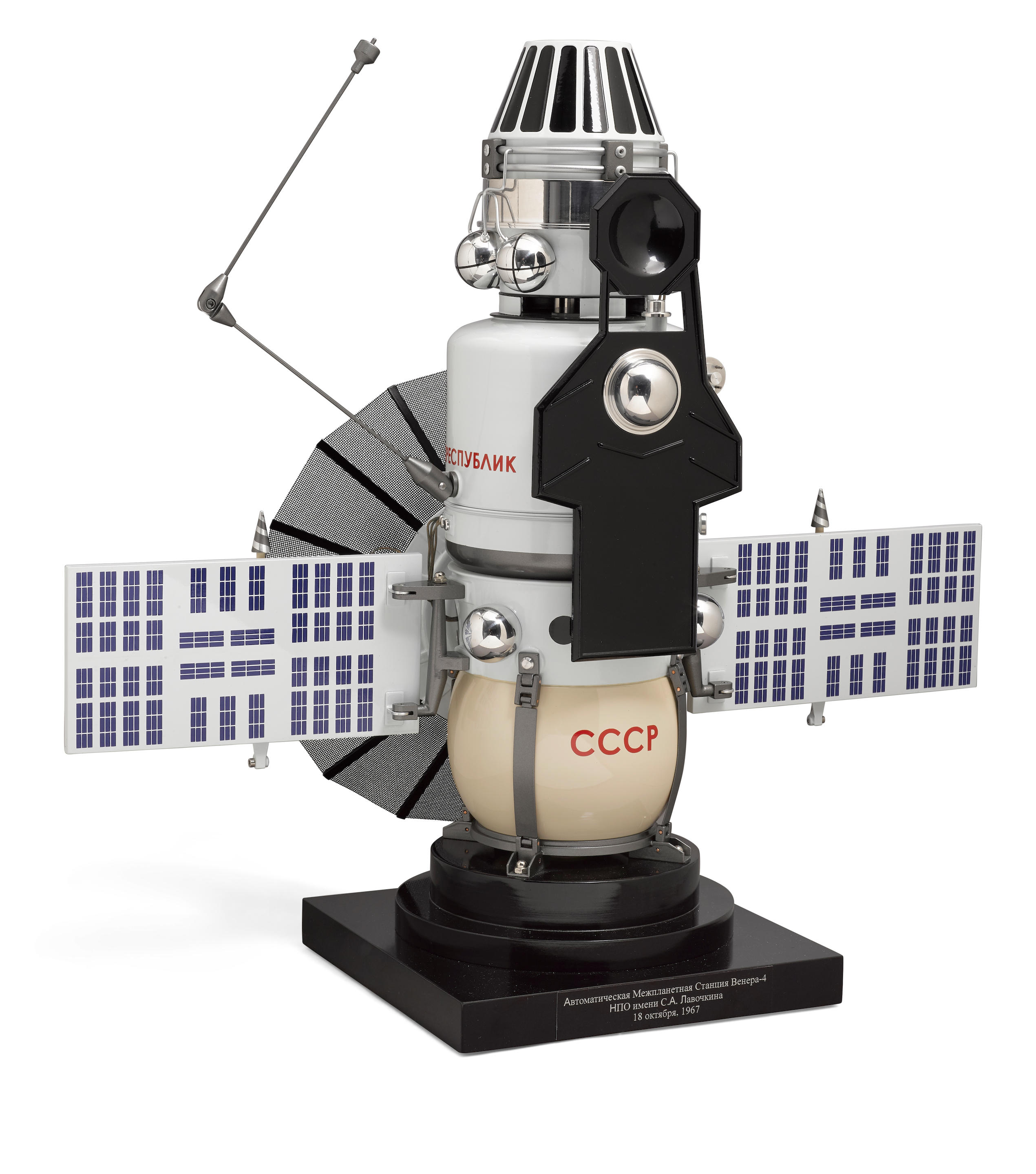
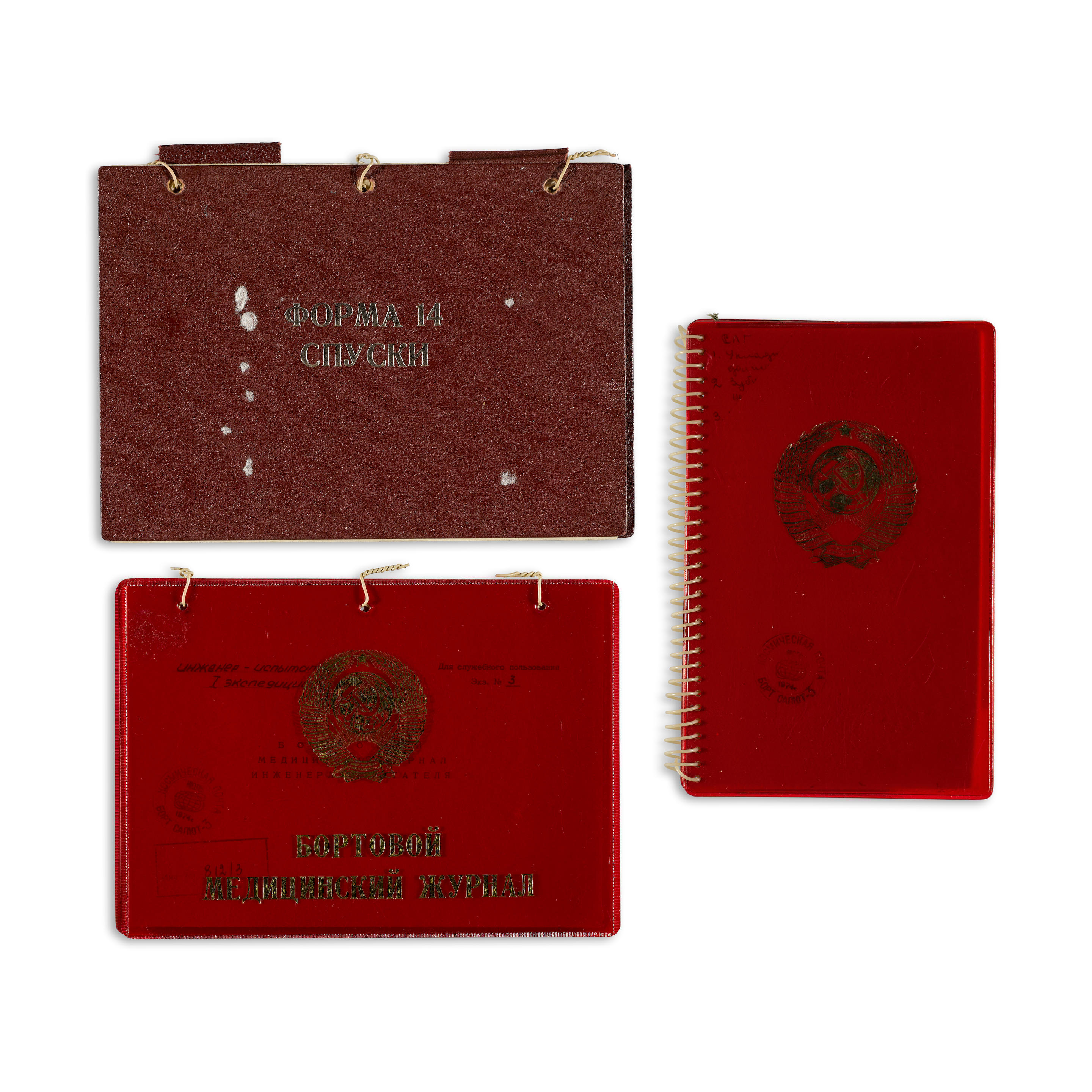
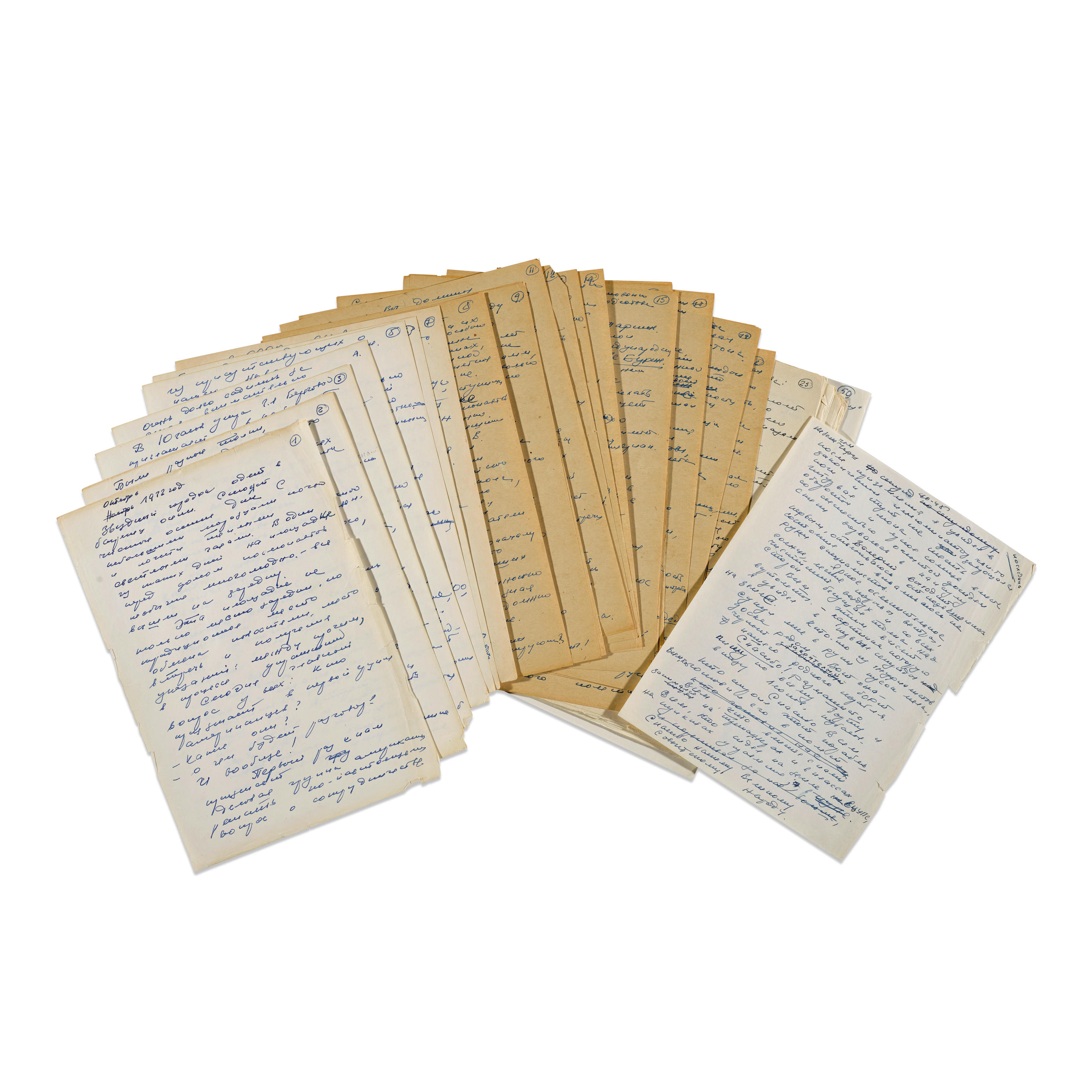
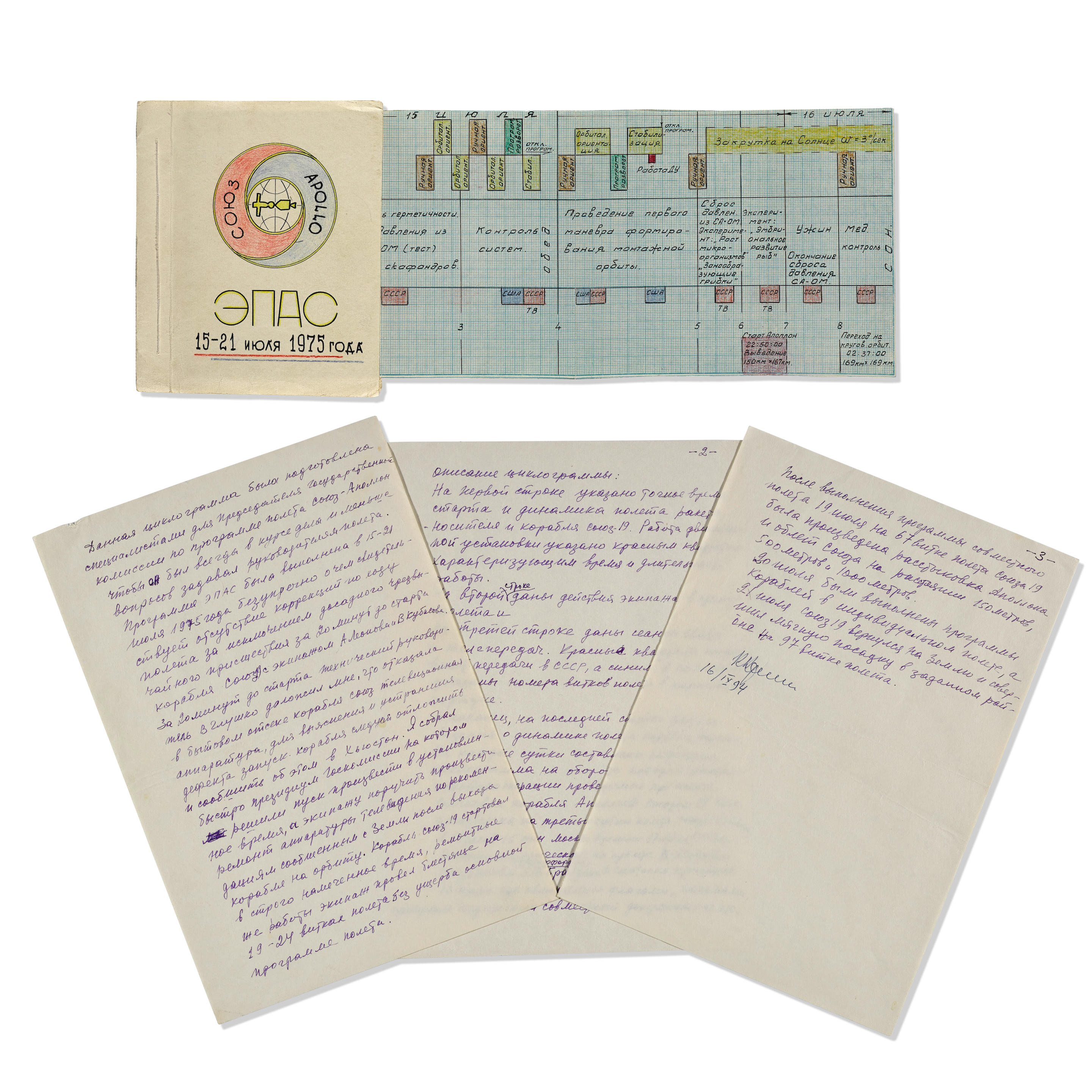
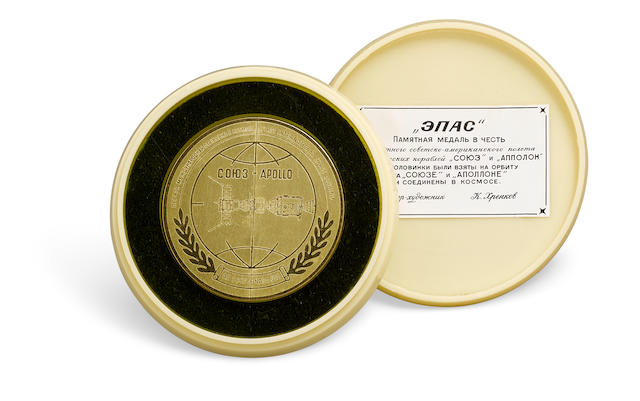

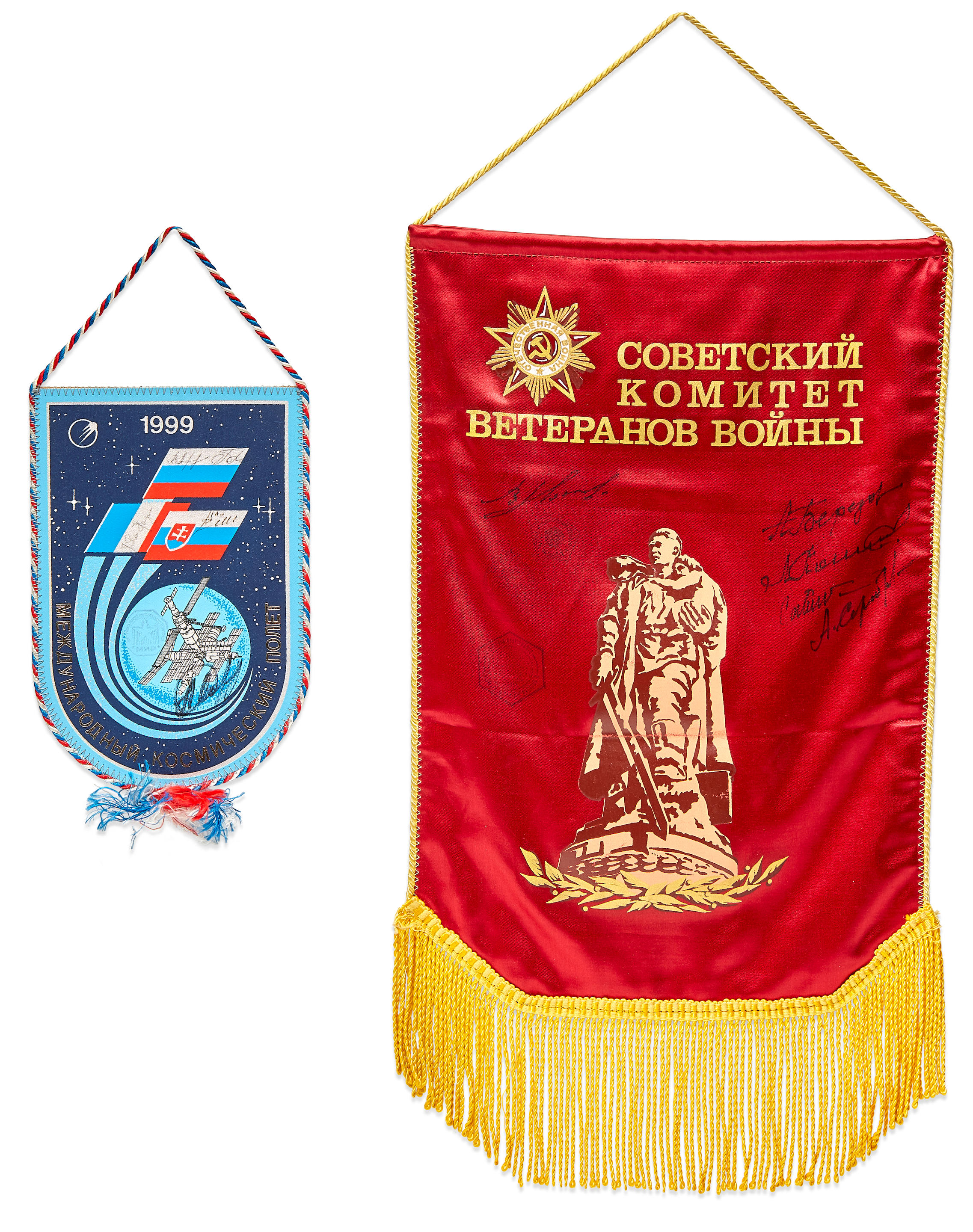

Try LotSearch and its premium features for 7 days - without any costs!
Be notified automatically about new items in upcoming auctions.
Create an alert